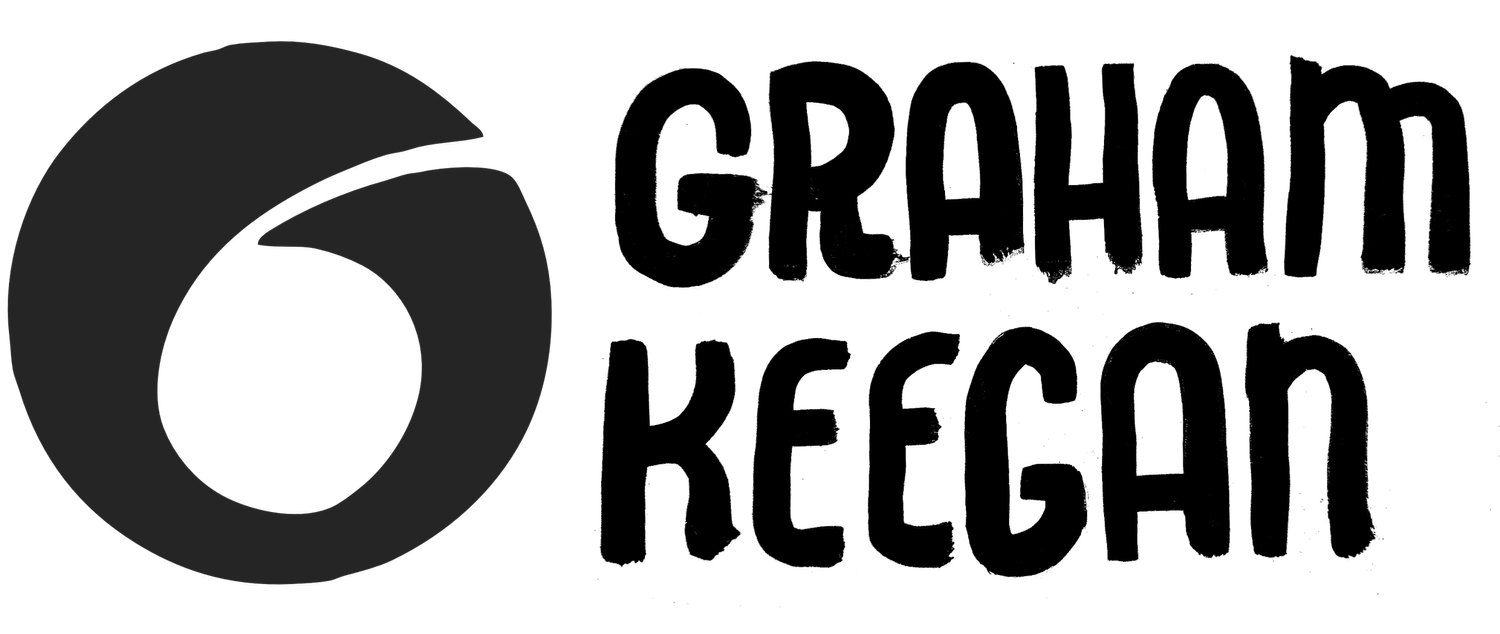 Image 1 of 8
Image 1 of 8

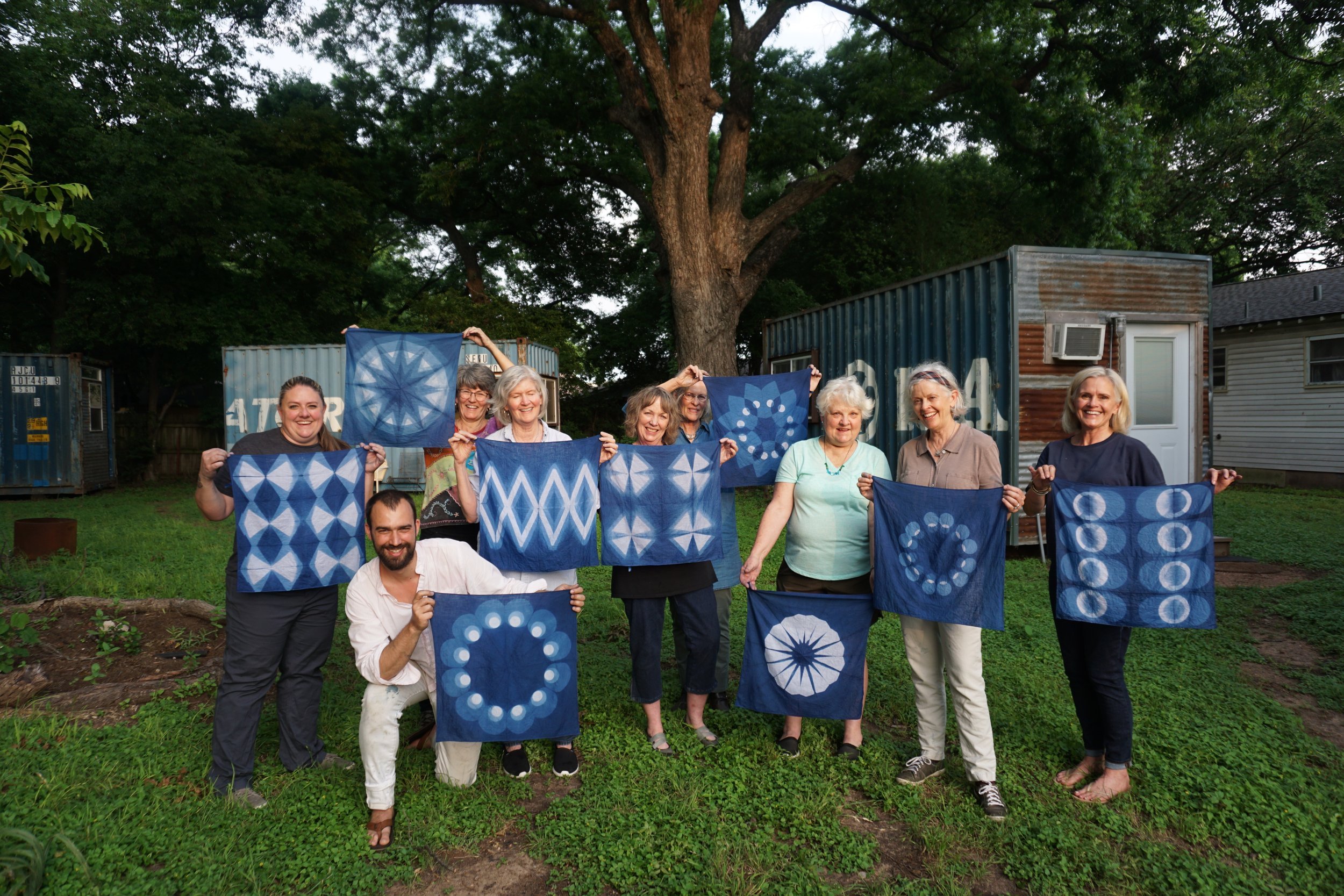 Image 2 of 8
Image 2 of 8

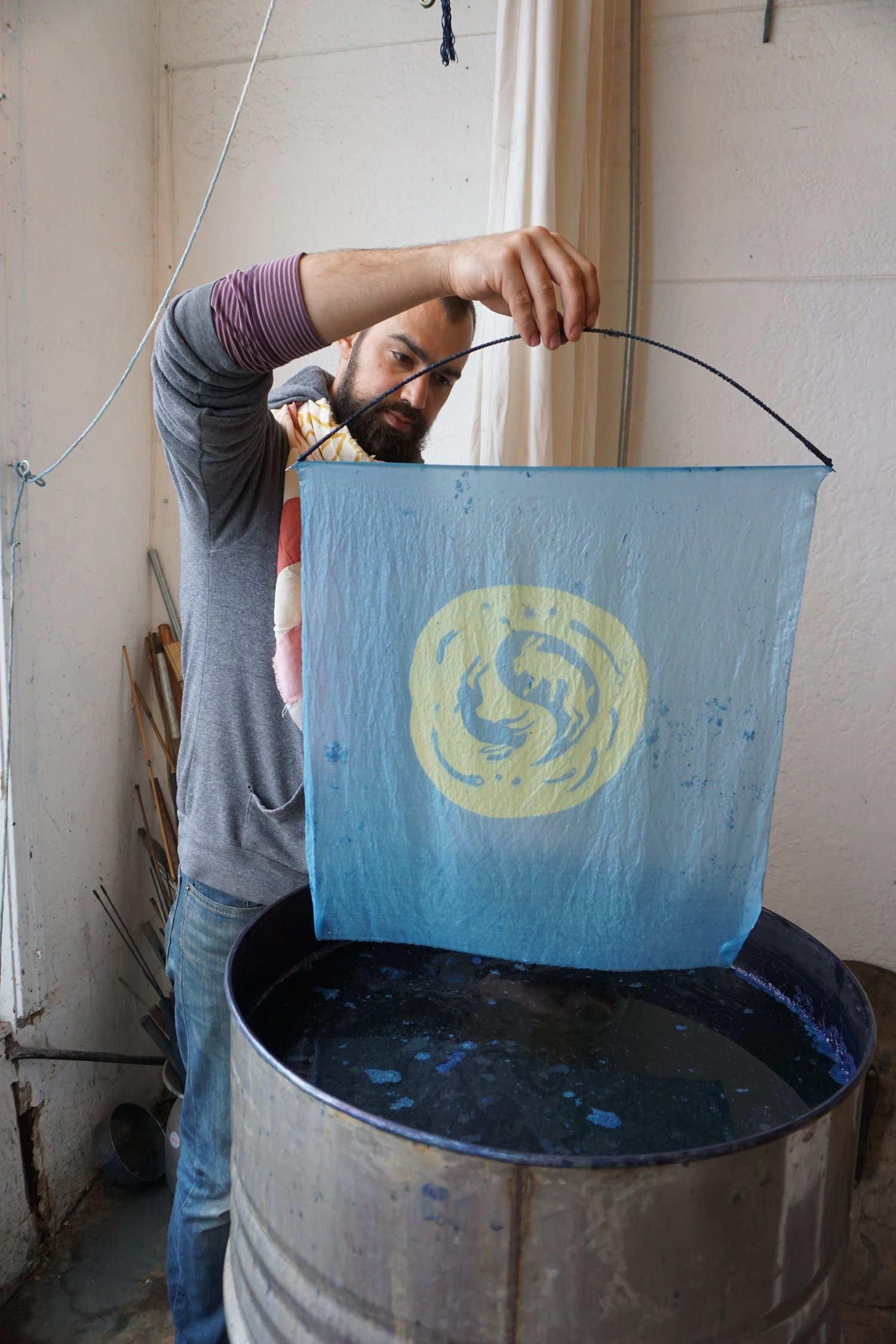 Image 3 of 8
Image 3 of 8

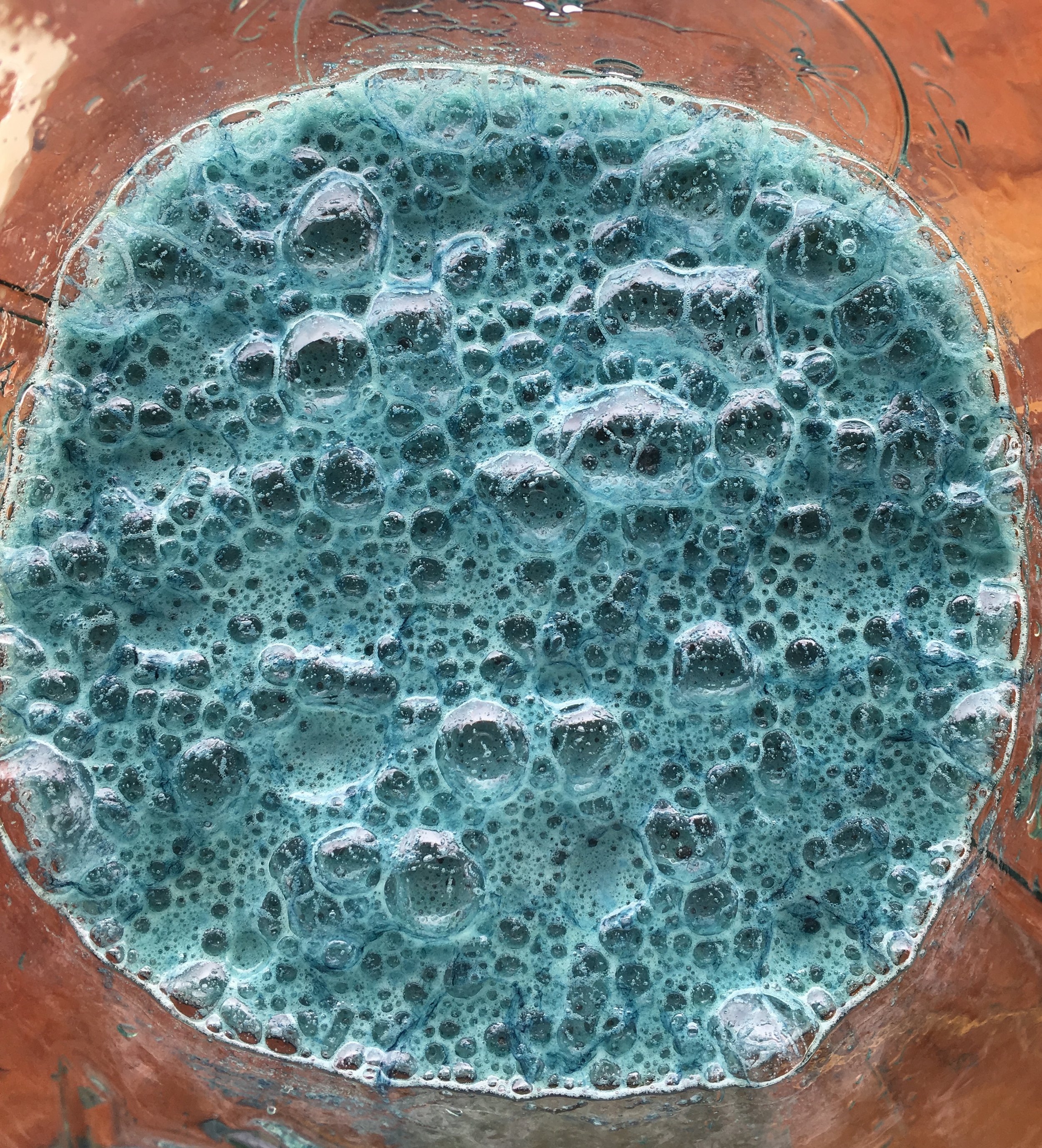 Image 4 of 8
Image 4 of 8

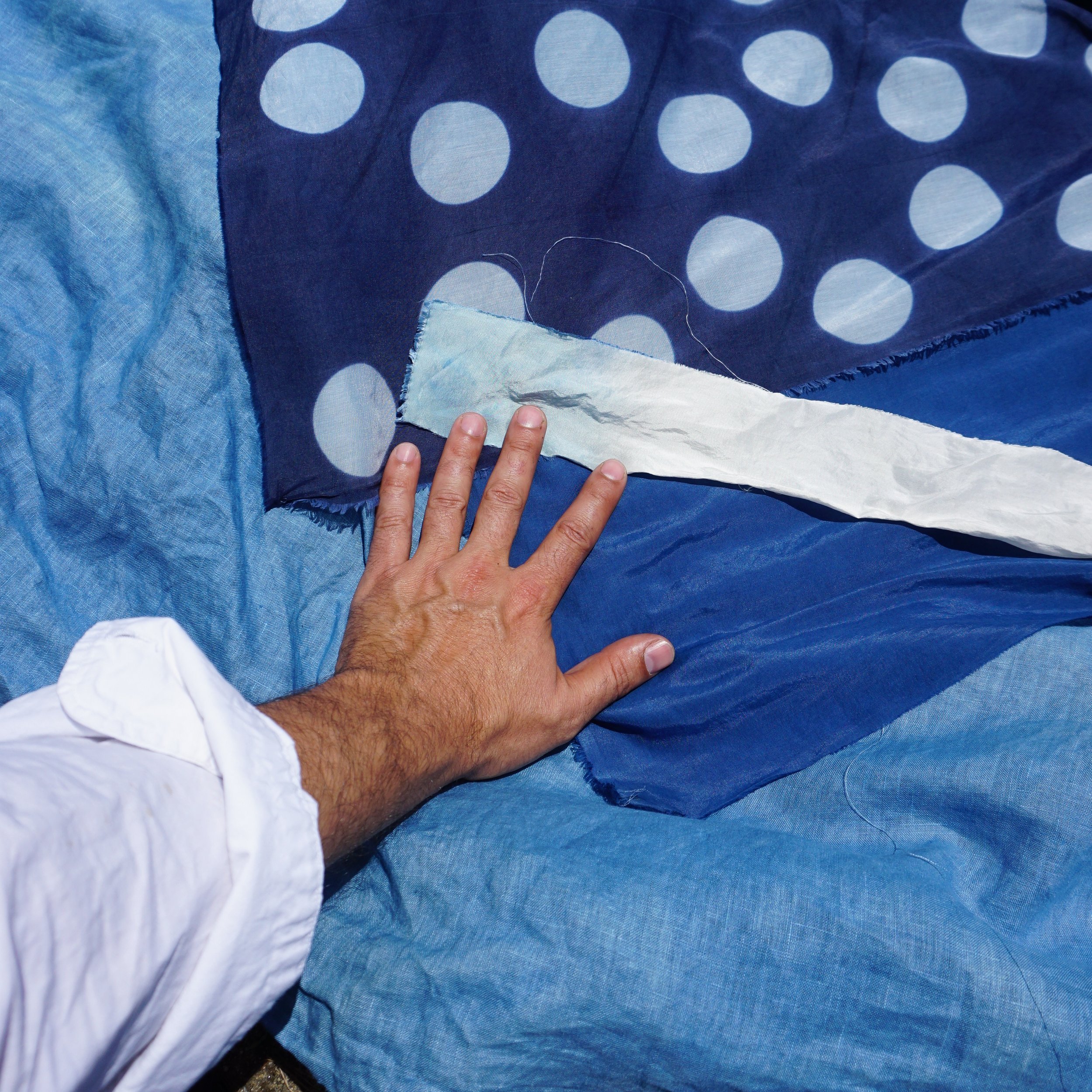 Image 5 of 8
Image 5 of 8

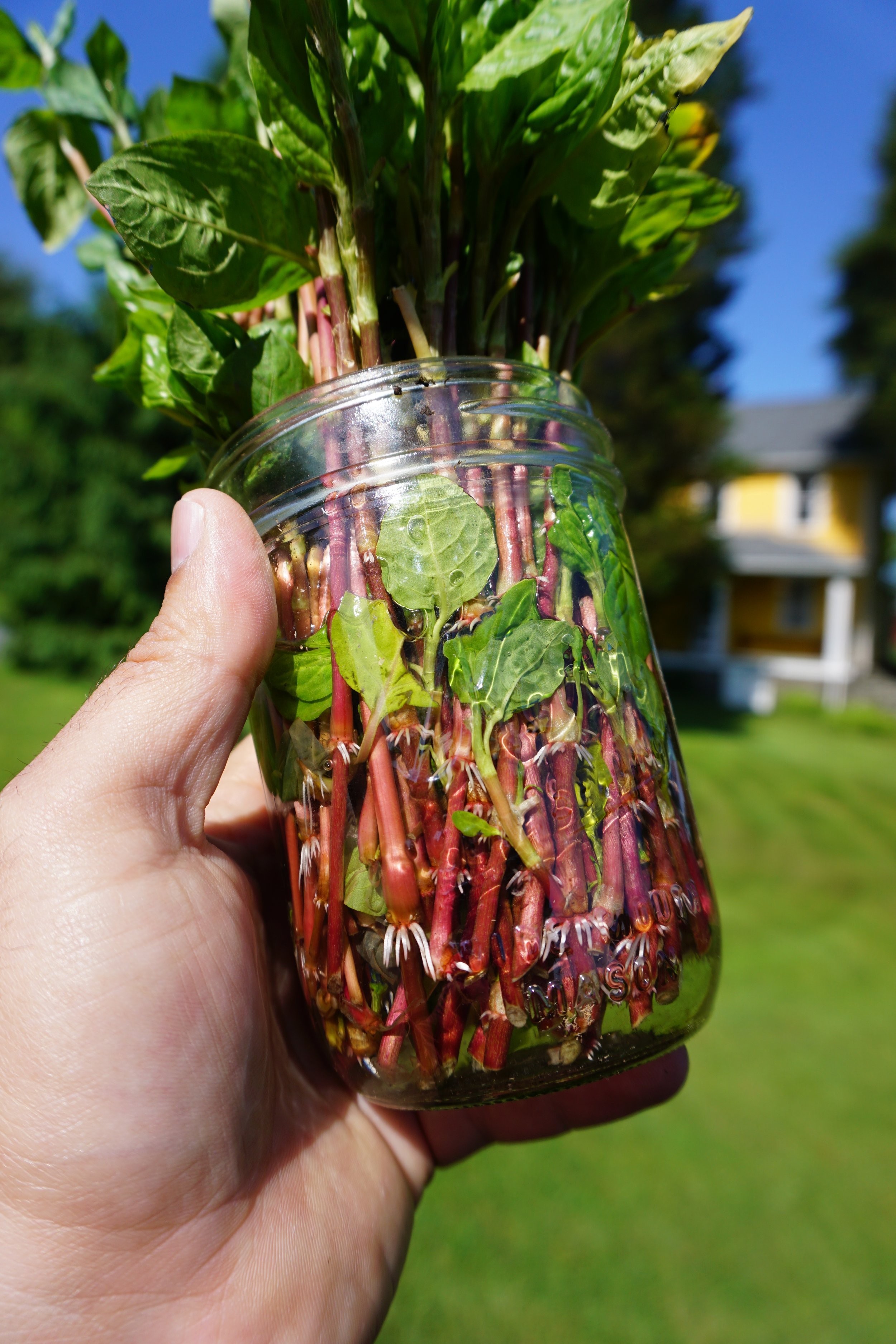 Image 6 of 8
Image 6 of 8

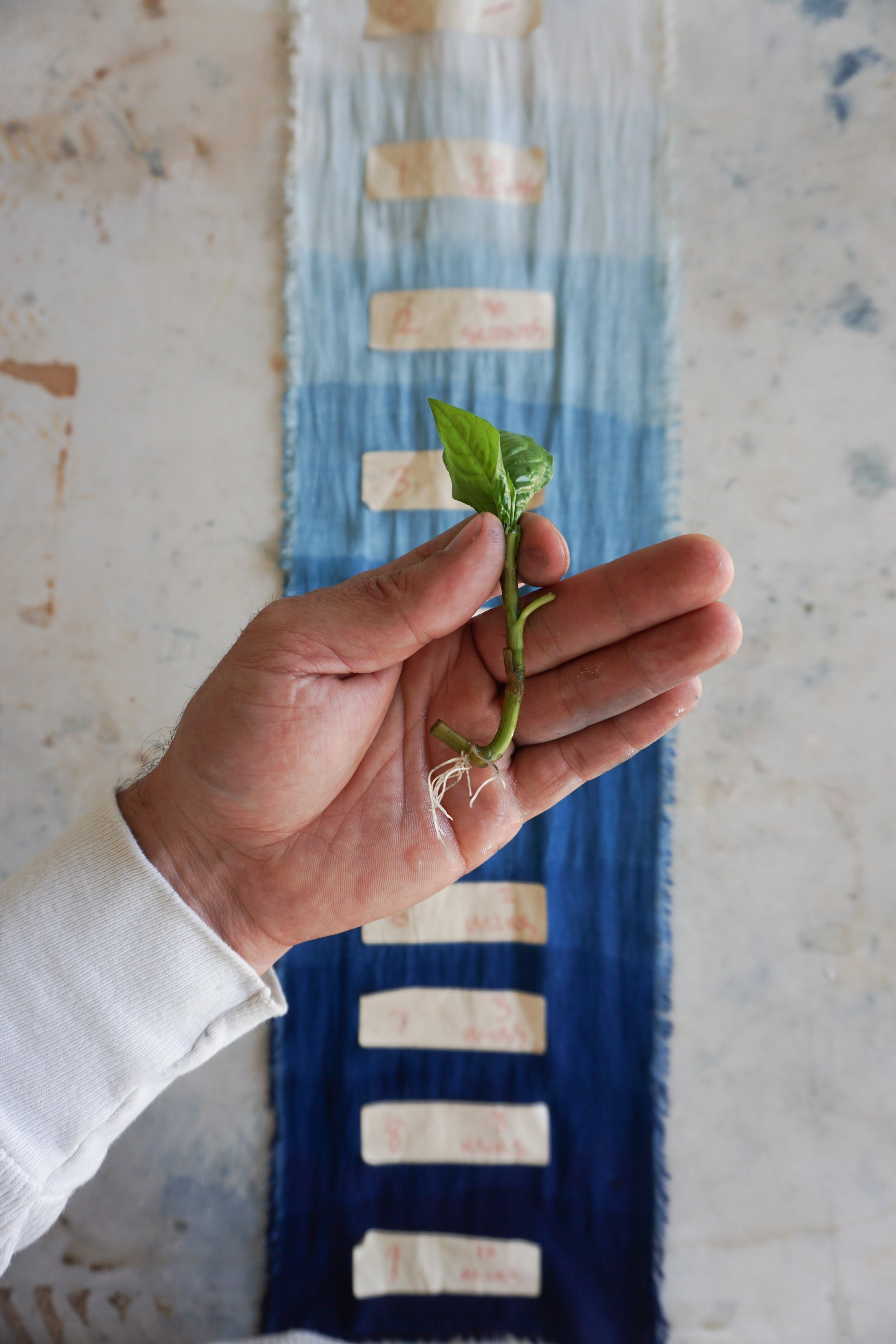 Image 7 of 8
Image 7 of 8

 Image 8 of 8
Image 8 of 8









Working with The Indigo - An Intensive Introduction - 4 Friday Afternoons in a Row
604 N. Occidental Boulevard, Los Angeles, CA 90026
Session 1 - Friday, March 21, 2025 - 1:00-4:30 PM
Session 2 - Friday, March 28, 2025 - 1:00-4:30 PM
Session 3 - Friday, April 4, 2025 - 1:00-4:30 PM
Session 4 - Friday, April 11, 2025 - 1:00-4:30 PM
Beginners Welcome!
Limit 8 Attendees
The experience of using a plant to turn fabric blue is as close to actual magic as I’ve ever found. In this workshop I’ll share as much information, insight and experience as possible in the time available!
Special concentration will be given to working with ACTUAL leaves of indigo plants - both for pigment extraction and vat making! We will establish multiple types of vats including fermentation vats and vats from fresh fruit from the neighborhood.
No Zoom! No mysterious or synthetic dye supplies! This in-person class in the workshop in LA will involve all the senses (there will be strange smells)- getting to know the sights, feels and unseen properties of these amazing plants!
All materials provided. No experience necessary! We’ll be starting from the ground (literally) and working our way up!
This is going to be great! A workshop series just devoted to indigo! I’ll be force-feeding information about the plant (see it, feel it, smell it) as well as my inherited understanding of how to coax blue dye from green leaves! This 4 session course explores indigo - from seeds, to plants, to extracting pigment, activating the pigment in vats, printing patterns and dyeing fabrics.
Human use of indigo stretches into our pre-history. All over the world, different plants produce indigo and the people, in relation to the plants, have discovered uncounted ways of moving the blue out of the plants and onto fabric. I planted indigo seeds months ago, and as a result, we will have the opportunity to work with fresh leaves of Persicaria tinctoria - a variety of buckwheat that produces the precursor molecules of indigo. Once you’ve got the leaves - anything is possible and we’ll be learning a multitude of ways to separate the dye from the plants.
At our Natural Dye workshop in Los Angeles, we’re growing three different kinds of indigo this year and we’ll discuss each of them as well as the traditions and methods for dyeing with each. You’ll leave with seedlings, seeds or cuttings from each species for you to continue to grow on your own if you like!
Below is a loose itinerary of the course
Session One : An introduction to the plants, getting to know the different types of plants that are grown for their indigo content. Soaking and planting of Indigo Seeds! If possible, working with fresh leaves of the indigo plant. If fresh leaves are not available, we’ll be working with dried leaves! Discussing ALKALINITY! and beginning a fermentation vat. We will dive in to some textile analysis of historic Japanese indigo dyed and printed textiles from the Dorothy Miller textile collection as well as works created and printed by Graham Keegan.
Session Two : We’ll discuss and demonstrate a small batch of aqueous indigo extraction. We’ll dive deeper into the theory and PRACTICE of creating an indigo vat and will mix up two different styles of vat. Each with their own attributes, strengths and considerations. Maintaining our Fermentation vat. To round out the day, we’ll create repeat pattern designs onto flat fabrics by folding and clamping bandanas between pairs of wooden shapes.
Session Three : We’ll revisit the vats to check them for health - learning how to diagnose and tune them into optimum shape. We’ll then go on to printing on fabric with a traditional paste made from glutenous rice. The tools and print medium for this process are very specific and we’ll go in-depth into their creation and use including crafting shinshi - a type of bamboo holder/spreader for fabric as well as materials for making stencils and printing with the paste.
Session Four : You’ll guide ME through the process of approaching a vat and checking its health! Adding a second layer of paste to our prints or folded fabrics, we’ll develop a richer tone of blue in addition to our paler blues. In the afternoon we’ll be cleaning up and reviewing all our textiles, playing my favorite game “Why Does This Look Like This??” where we decode our ‘mistakes’ (yes there will be mistakes) as well as our successes to deepen our understanding of the process. We’ll wrap up by discussing additional resources for continued exploration with indigo.
I hope you can join me, this course is going to be a wonderful, special opportunity to work closely with some early 1900s era hand-dyed textiles and the indigo plants themselves!
604 N. Occidental Boulevard, Los Angeles, CA 90026
Session 1 - Friday, March 21, 2025 - 1:00-4:30 PM
Session 2 - Friday, March 28, 2025 - 1:00-4:30 PM
Session 3 - Friday, April 4, 2025 - 1:00-4:30 PM
Session 4 - Friday, April 11, 2025 - 1:00-4:30 PM
Beginners Welcome!
Limit 8 Attendees
The experience of using a plant to turn fabric blue is as close to actual magic as I’ve ever found. In this workshop I’ll share as much information, insight and experience as possible in the time available!
Special concentration will be given to working with ACTUAL leaves of indigo plants - both for pigment extraction and vat making! We will establish multiple types of vats including fermentation vats and vats from fresh fruit from the neighborhood.
No Zoom! No mysterious or synthetic dye supplies! This in-person class in the workshop in LA will involve all the senses (there will be strange smells)- getting to know the sights, feels and unseen properties of these amazing plants!
All materials provided. No experience necessary! We’ll be starting from the ground (literally) and working our way up!
This is going to be great! A workshop series just devoted to indigo! I’ll be force-feeding information about the plant (see it, feel it, smell it) as well as my inherited understanding of how to coax blue dye from green leaves! This 4 session course explores indigo - from seeds, to plants, to extracting pigment, activating the pigment in vats, printing patterns and dyeing fabrics.
Human use of indigo stretches into our pre-history. All over the world, different plants produce indigo and the people, in relation to the plants, have discovered uncounted ways of moving the blue out of the plants and onto fabric. I planted indigo seeds months ago, and as a result, we will have the opportunity to work with fresh leaves of Persicaria tinctoria - a variety of buckwheat that produces the precursor molecules of indigo. Once you’ve got the leaves - anything is possible and we’ll be learning a multitude of ways to separate the dye from the plants.
At our Natural Dye workshop in Los Angeles, we’re growing three different kinds of indigo this year and we’ll discuss each of them as well as the traditions and methods for dyeing with each. You’ll leave with seedlings, seeds or cuttings from each species for you to continue to grow on your own if you like!
Below is a loose itinerary of the course
Session One : An introduction to the plants, getting to know the different types of plants that are grown for their indigo content. Soaking and planting of Indigo Seeds! If possible, working with fresh leaves of the indigo plant. If fresh leaves are not available, we’ll be working with dried leaves! Discussing ALKALINITY! and beginning a fermentation vat. We will dive in to some textile analysis of historic Japanese indigo dyed and printed textiles from the Dorothy Miller textile collection as well as works created and printed by Graham Keegan.
Session Two : We’ll discuss and demonstrate a small batch of aqueous indigo extraction. We’ll dive deeper into the theory and PRACTICE of creating an indigo vat and will mix up two different styles of vat. Each with their own attributes, strengths and considerations. Maintaining our Fermentation vat. To round out the day, we’ll create repeat pattern designs onto flat fabrics by folding and clamping bandanas between pairs of wooden shapes.
Session Three : We’ll revisit the vats to check them for health - learning how to diagnose and tune them into optimum shape. We’ll then go on to printing on fabric with a traditional paste made from glutenous rice. The tools and print medium for this process are very specific and we’ll go in-depth into their creation and use including crafting shinshi - a type of bamboo holder/spreader for fabric as well as materials for making stencils and printing with the paste.
Session Four : You’ll guide ME through the process of approaching a vat and checking its health! Adding a second layer of paste to our prints or folded fabrics, we’ll develop a richer tone of blue in addition to our paler blues. In the afternoon we’ll be cleaning up and reviewing all our textiles, playing my favorite game “Why Does This Look Like This??” where we decode our ‘mistakes’ (yes there will be mistakes) as well as our successes to deepen our understanding of the process. We’ll wrap up by discussing additional resources for continued exploration with indigo.
I hope you can join me, this course is going to be a wonderful, special opportunity to work closely with some early 1900s era hand-dyed textiles and the indigo plants themselves!
